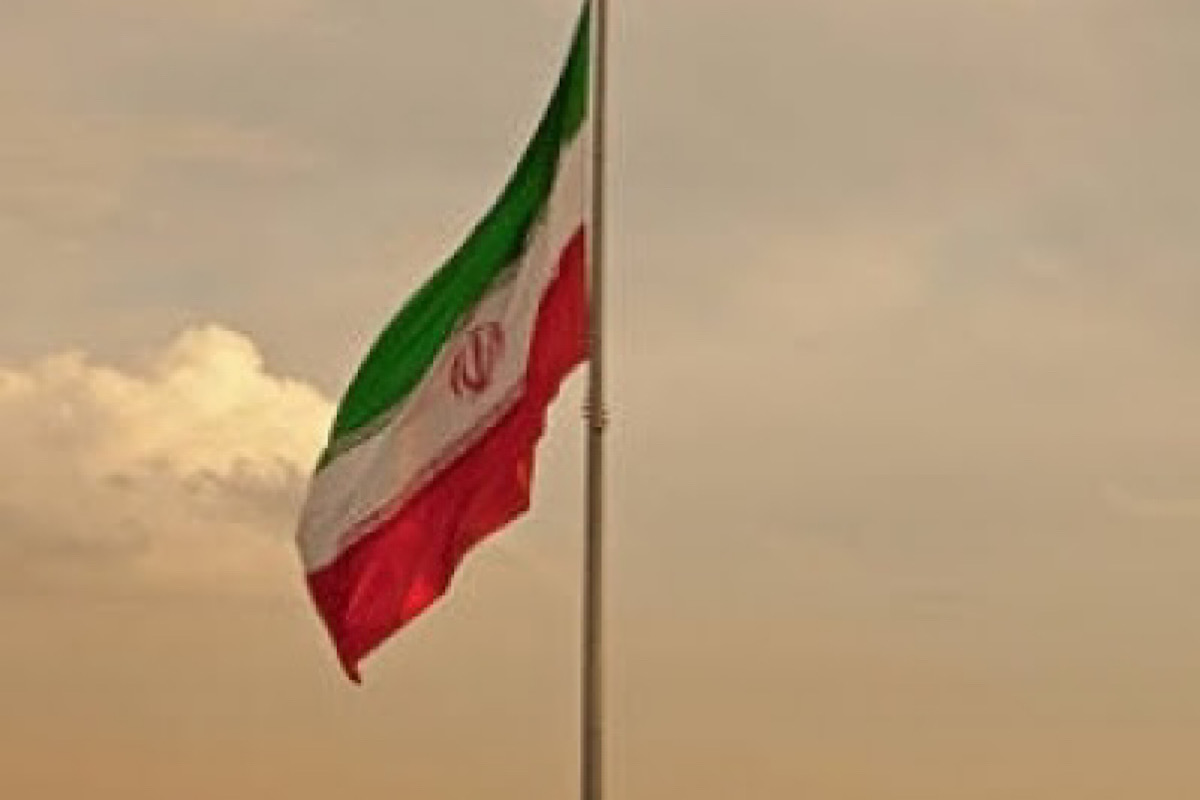Iran rejects Macron’s accusation of involvement in Ukraine conflict
Iran has rejected French President Emmanuel Macron's remarks that Russia has used Iranian military equipment against Ukraine.
Ever heard of a two-day national shutdown due to heat? Well, Iran just went through that, declaring public holidays on Wednesday and Thursday last week because of “unprecedented heat”, and told its elderly and people with health conditions to stay indoors as temperatures soared to 51 degrees Celsius in some cities.

Iran flag representational image (photo:IANS)
Ever heard of a two-day national shutdown due to heat? Well, Iran just went through that, declaring public holidays on Wednesday and Thursday last week because of “unprecedented heat”, and told its elderly and people with health conditions to stay indoors as temperatures soared to 51 degrees Celsius in some cities. Iran is prone to heatwaves, especially in its southern and south-western regions. There are several reasons for the occurrence of heatwaves. The country is located in a region known for its arid and semi-arid climate. The combination of its latitude and proximity to large desert areas, such as the Dasht-e Kavir and Dasht-e Lut, leads to intense heat during certain times of the year. A combination of geographical factors, climate patterns, urbanisation, and climate change makes Iran vulnerable to heatwaves, with potentially severe impact on public health, agriculture, and the environment.
Preventing heatwaves is not possible as they are natural weather phenomena influenced by various factors. However, Iran can take measures to minimise the impact of heatwaves. The country can develop and implement heat action plans that include early warning systems, communication strategies, and guidelines for protecting vulnerable populations. Iran needs to adopt urban planning policies that incorporate green spaces, tree planting, and cool roofs to mitigate the urban heat island effect and provide shade in cities. By adopting a holistic approach that combines preventive measures, adaptation strategies, and climate change mitigation, Iran can better prepare for and respond to heatwaves, reducing their impacts on communities and the environment. The crux to a solution lies in addressing climate change. But doing so with an economy heavily dependent on oil can be challenging. Iran can invest in and promote industries other than oil, such as renewable energy, technology, and manufacturing, to reduce reliance on fossil fuels.
Advertisement
The country could encourage the development and adoption of renewable energy sources like solar, wind, and hydropower to reduce greenhouse gas emissions. The government would need to implement energy-efficient practices in industries, transportation, and buildings to lower energy consumption and emissions. It could also look at introducing carbon pricing mechanisms to incentivise businesses to reduce emissions and invest in cleaner technologies, while promoting reforestation efforts and protecting existing natural habitats to absorb carbon dioxide and mitigate the effects of climate change. Iran must additionally join international efforts to combat climate change, participate in climate agreements and work with other countries to share best practices and technologies. The government must raise awareness about climate change and its impact to foster a culture of sustainability. Iran must invest in green infrastructure projects like public transportation, bike lanes, and sustainable urban planning to reduce carbon emissions. These steps could help Iran transition towards a more sustainable and resilient economy. Much of the above applies to other countries in the region, including India. If they want to avoid the situation Iran faced last week ~ a two-day or longer national shutdown ~ they would do well to learn.
Advertisement
Advertisement